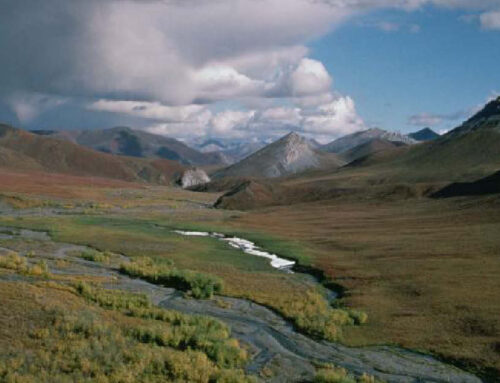Federal oil and gas revenues are an important source of income for the US Treasury. At TCS, we closely track the federal oil and gas leasing program and how much it brings in for taxpayers. And week after week we are met with disappointment. The Department of the Interior’s Bureau of Land Management (BLM) – the agency responsible for administering the federal oil and gas program – held 26 oil and gas lease sales in fiscal year 2019, which ended on Monday. Those 26 lease sales have offered up 2.6 million acres of federal lands for oil and gas exploration and development, beating out the 2.5 million acres offered in fiscal year 2018.
But while this administration has been busy patting themselves on the back for making so many federal acres available to industry, the numbers paint a much less rosy picture. The rampant oversupply of federal lands offered for lease has led to lack of competition. Without competition, federal lands are leased for less, and often leased for the minimum amount. Under current rules that amount is outrageously low, just $2 per acre, a rate which was set in 1987.
Take for example this week’s BLM lease sale which offered 141 parcels of federal land in Nevada. Only 11 of those parcels received a bid and 10 went for $2 per acre. The 11th parcel received a whopping three bids and went for $5 an acre, still less than a Big Mac combo meal.
In another BLM lease sale that took place in Utah early last month, over half of the 63 parcels sold received the minimum price of $2 per acre. And a second BLM sale in Wyoming last month set a record for low bid per acre prices for the year in that state.
These federal resources are owned exclusively by you, the federal taxpayer and the BLM is failing in its responsibility to generate a fair return from their development. For decades, BLM’s performance has been woefully inadequate throughout the oil and gas development and production process. Fees and royalties have remained stagnant, lagging far behind rates charged on lands owned by states and private owners.
With seven more lease sales still planned for this calendar year, the future may seem bleak, but there is a silver lining in the face of mounting taxpayer losses – Congress has taken note. The House Natural Resources Energy and Mineral Resources Committee held a hearing last month, and we were invited to testify. The focus of the hearing was on much needed reforms to our federal natural resource management. Bipartisan legislation introduced by Congressmen Ben McAdams (D-UT) and Francis Rooney (R-FL) targets federal leasing and lagging royalties.
The lawmakers’ Taxpayer Fairness for Resource Development Act of 2019 would address many core issues, patching up the leaky ship that is BLM’s federal oil and gas system. If enacted the bill would increase the standard federal onshore oil and gas royalty rate from 12.5 percent to 18.75 percent – in line with the federal rate for offshore drilling – and raise the minimum bid amount from $2 per acre to $5 per acre. In a big win for taxpayers, the bill requires the Secretary of the Interior to revisit minimum bid and rental rate amounts every four years, adjusting rates for inflation, and making sure there is not another 30 plus year lag between updating fees.
This is just common sense: don’t saturate the market, charge an appropriate rate, get a fair return for taxpayer assets.











Get Social